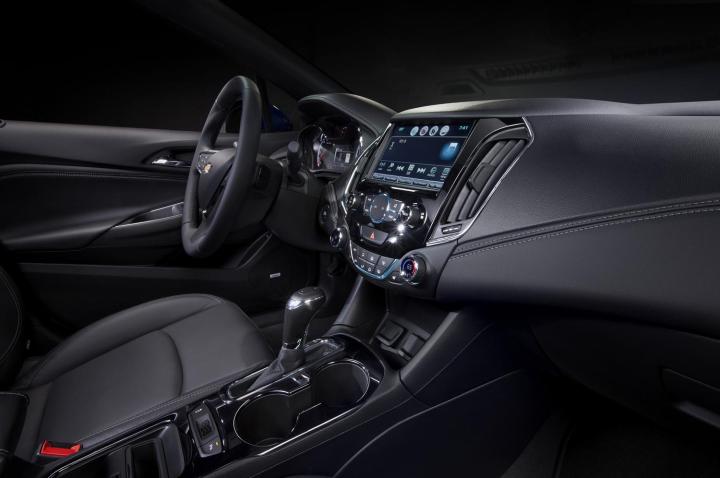
General Motors feels your pain, apparently.
Now, there’s a potential way to make every car feel like your own, as long was you’re willing to give out some data. GM recently patented a cloud-based storage system that allows users to transfer personalized settings from vehicle to vehicle, reports Autoblog.
The patent shows a service where users can create an account and save their settings. These can include things like seat and mirror positioning, radio presets, infotainment settings, and even contacts or Internet browsing history. When switching cars, drivers would use some unspecified form of authorization to download this data.
In the meantime, it would all be managed by GM. The patent application claims data from one user would not be accessible by another, although it would presumably be a bit embarrassing if a person forgot to log out before handing a car off to someone else.
The patent outlines different potential forms of security, such as voice recognition, RFID tags, fingerprint scans, or a more traditional text password. And of course, once a user is done with a particular car, his or her data is removed.
In its documents, GM says a system like this could be used by car-sharing services or rental companies. Some analysts expect car sharing to become more popular over the next few years as urban dwellers continue to look for alternatives to the hassles of car ownership in a big city.
It might also be useful for people that own multiple cars. Families that play musical cars could instantly adjust everything they want if they have to drive someone else’s car in a pinch, and then all of those settings can revert back to the preferences of that car’s normal driver.
That is, if users are comfortable adding still more data to the streams of information collected by corporate interests. A report issued earlier this year by U.S. Senator Ed Markey (D-MA) found that at least nine car companies are already collecting customer data, including the physical location of cars and the time and distance of drives.
GM has said that it sees customer data as a potentially useful resource for vehicle development. Implementing a system like this would give the company even more specific information about how customers use its cars. Those customers will have to decide whether handing all of that over to The General is worth a little extra convenience.
Editors' Recommendations
- Ford and GM EV drivers will be able to charge at Tesla Superchargers in February
- GM unveils more advanced version of its Super Cruise driver-assist system
- GM will bring Amazon Alexa to Cadillac, Chevy, Buick, and GMC vehicles
- GM autonomous vehicle chief engineer wants to make disabled access a priority
- How GM’s Cruise self-driving cars navigate around double-parked vehicles


